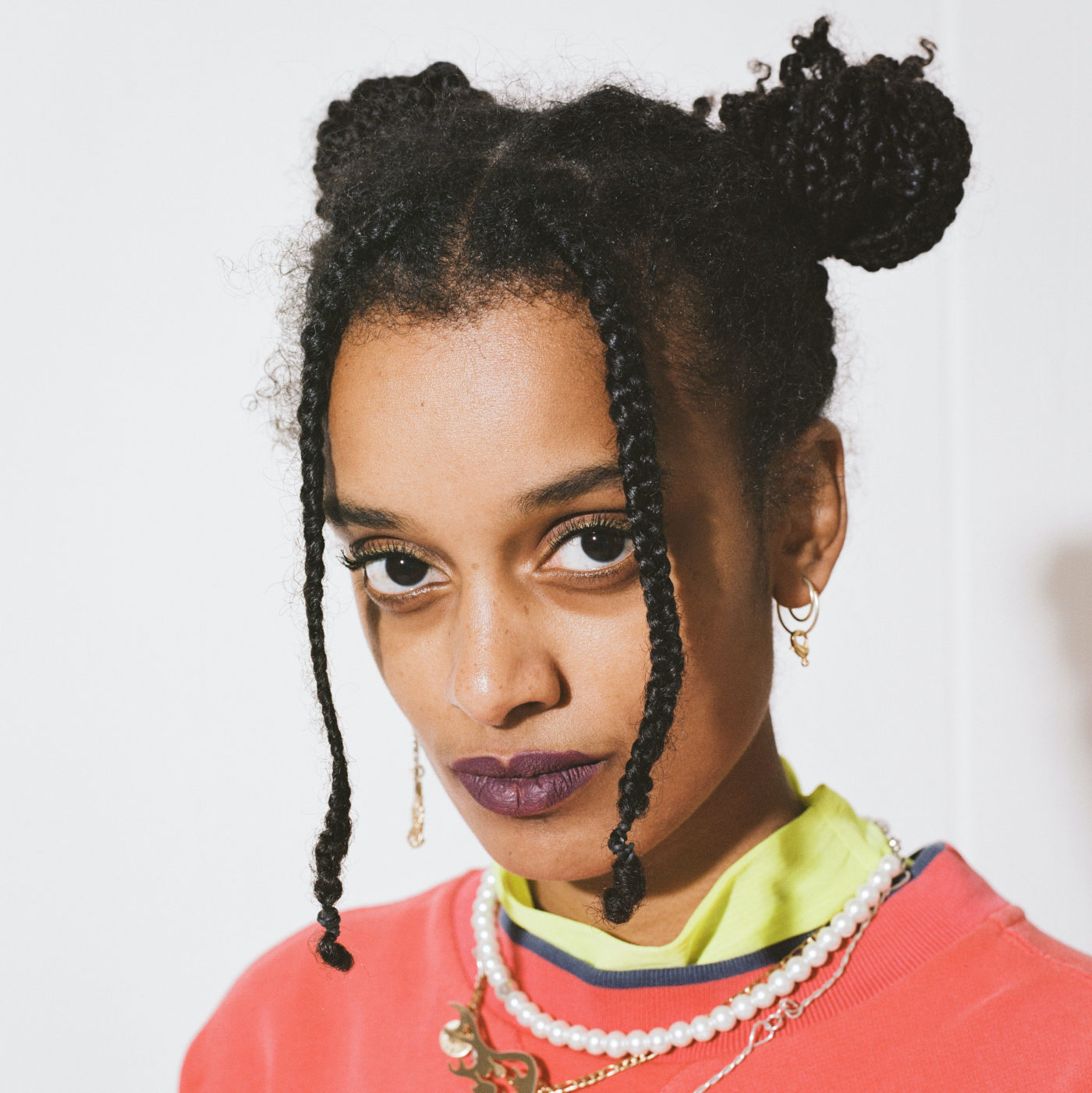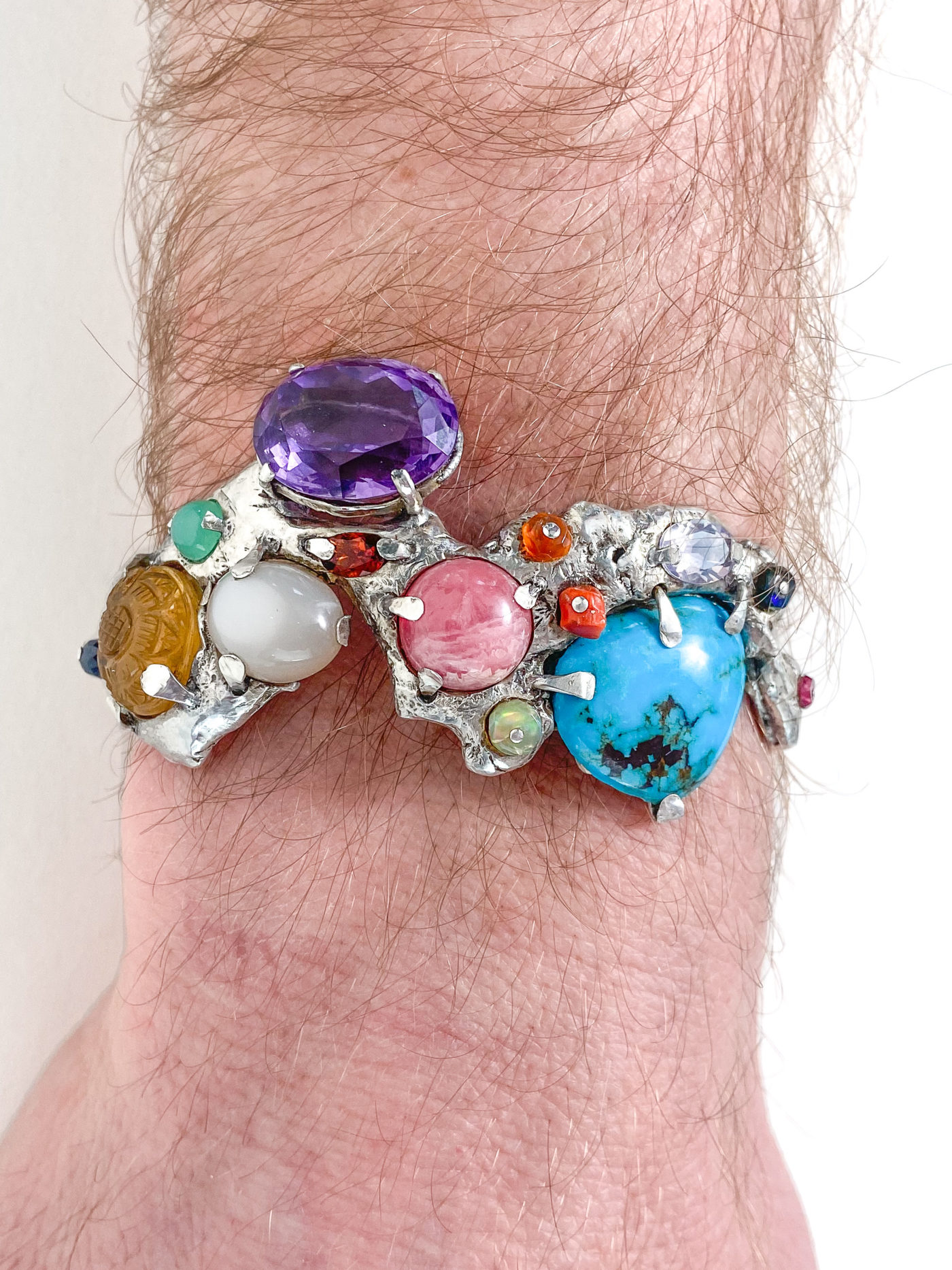November 18th is the day: the launch of the 7th annual NYC Jewelry Week. This year’s theme is “Wonder & Wander,” conceptualized by Bella Neyman, Founder of NYCJW, who began formulating this idea in the spring. It ignited organically as an articulation of the relationships people have to the aesthetics and poetic narratives of a piece of jewelry. “Wonder” was inspired by observing people’s reactions when viewing jewelry; according to Neyman, “They are so taken by the beauty of the piece, and they want to understand how it’s made and what that process is.” “Wander” evokes both the literal and figurative journeys designers undertake to create a piece and how that is imparted on the viewer or wearer of the object.
NYCJW’s 2024 programming is a dynamic combination of in-person and virtual events. Featuring stimulating and insightful discussions, exhibitions, and activities with presenters from over 21 countries, these unique events will speak to the ability of jewelry to foster inspiration, escapism, and meditation. The schedule showcases events throughout the city with core programming at the Museum of Arts and Design, which was overseen by Neyman to closely correlate with the theme.

Diverse Talks, Youth Workshops, and Material-Focused Events
The four MAD talk topics include a conversation with Michael Robinson of David Michael Jewels, a New Zealander who creates single author jewels. His extraordinary craftsmanship and singular eye for beauty can be found in every aspect of his process, from watercolor renderings to hand-set gemstones. Two subsequent talks merge jewelry with the world of fashion, an essential connection for Neyman who believes that there is “not enough of a conversation between jewelry and fashion, but the two go hand in hand.” (The Jewelry Library will also be presenting a curatorial talk and brunch on the iconic Iris Apfel as part of their programming.) In addition, Neyman feels strongly that children should be included in NYCJW, and she has organized several events for youths at different venues, including Brooklyn Central Library, to explore their creativity in workshops.
Within the big tent of “Wonder & Wander” are multiple events centered around subtopics led by the likes of designers, dealers, auction house specialists, scholars, curators, collectors, historians, and gallerists. For those interested in learning more about specific materials, there are lively discussions about platinum, enamel, coral, tourmalines, and gold (the latter two ethically sourced from mines in Brazil and Peru respectively). The “Embedded” exhibition highlights jewelers who utilize unconventional metals and waste material to make “objects of wonder.” The posthumous “Attai Chen: All the World’s a Stage” gallery exhibit pays tribute to the maker whose primary medium was paper. It is being held at Pratt Institute, a longtime partner of NYCJW, which is hosting several other exciting exhibitions. In Tribeca, the important multidisciplinary triennial “Objects: USA 2024” features Contemporary American designers and artists in a curated show that challenges traditional boundaries between fine art, craft, and design.

Art Jewelry, Designer Highlights, and Curated Experiences
Further programming includes in-depth dives into art jewelry, techniques both old and new, and designers’ processes from conception to fabrication. Opportunities to hear from emerging and established creatives abound. Not to be missed is the conversation at Rizzoli Bookstore with renowned jeweler Solange Azagury-Partridge on the launch of her first book “Jewellery for Chromantics.” Additional special events include a panel on “Designers of Tomorrow: Shaping Luxury,” a Brooklyn studio tour of the popular brand Catbird, and the Gemological Institute of America’s panel presenting designers distinguished for their use of colored gemstones.
Another must-see is Neyman’s “Wonder & Wander” curation of antique and contemporary jewelry at The RealReal. Her selection comes from the luxury consignment marketplace’s archive and is available to view on their website or in their New York locations. Another noteworthy gallery exhibition features fifth-generation gem sculptor Philipp Munsteiner; his pieces will be displayed alongside works by his mother and late father. The young Munsteiner is already an award winner for his wondrous work at the ripe age of twenty.

Virtual Programming Highlights
Along with the extensive schedule of live events is robust virtual programming organized by Neyman. eBay is sponsoring several of these talks, including ones on the significance of signet rings and the storytelling appeal of charms. Journeys through time and space will be undertaken in multiple discussions such as one on jewelry mementos of the 19th century Grand Tour and another offering a virtual tour of the World Jewellery Museum in Seoul.

HERE WE ARE Awards
An important part of NYCJW is their HERE WE ARE equity initiative. Each year they grant two Emerging Entrepreneurs Awards to jewelers; in 2020, Lisette Scott of the brand Jam + Rico received this honor. This year, NYCJW is delighted to celebrate her as the recipient of its Exhibitions Award, sponsored by David Yurman. Jam + Rico’s new collection “Island Gold” will be launching this week with a vibrant reception and panel.

Special Thanks to Key Supporters and Partners
In addition to the wonderfully generous partners and sponsors mentioned above, a special thanks to Freeman’s | Hindman, UrbanGlass, Atelier d’Emotion, Mahnaz Collection, Heritage Auctions, and International Gemological Institute. Their support and collaboration play an integral role in NYCJW. In pursuing “Wonder & Wander,” Neyman, her team, and all the presenters have created an engaged and enthusiastic community, one which is fully activated by the participation of a global audience.
Written by Michelle Plastrik. Michelle is an art advisor and writer living in New York City..
Enjoyed this piece? Explore more jewelry content from Future Heirloom!


























































